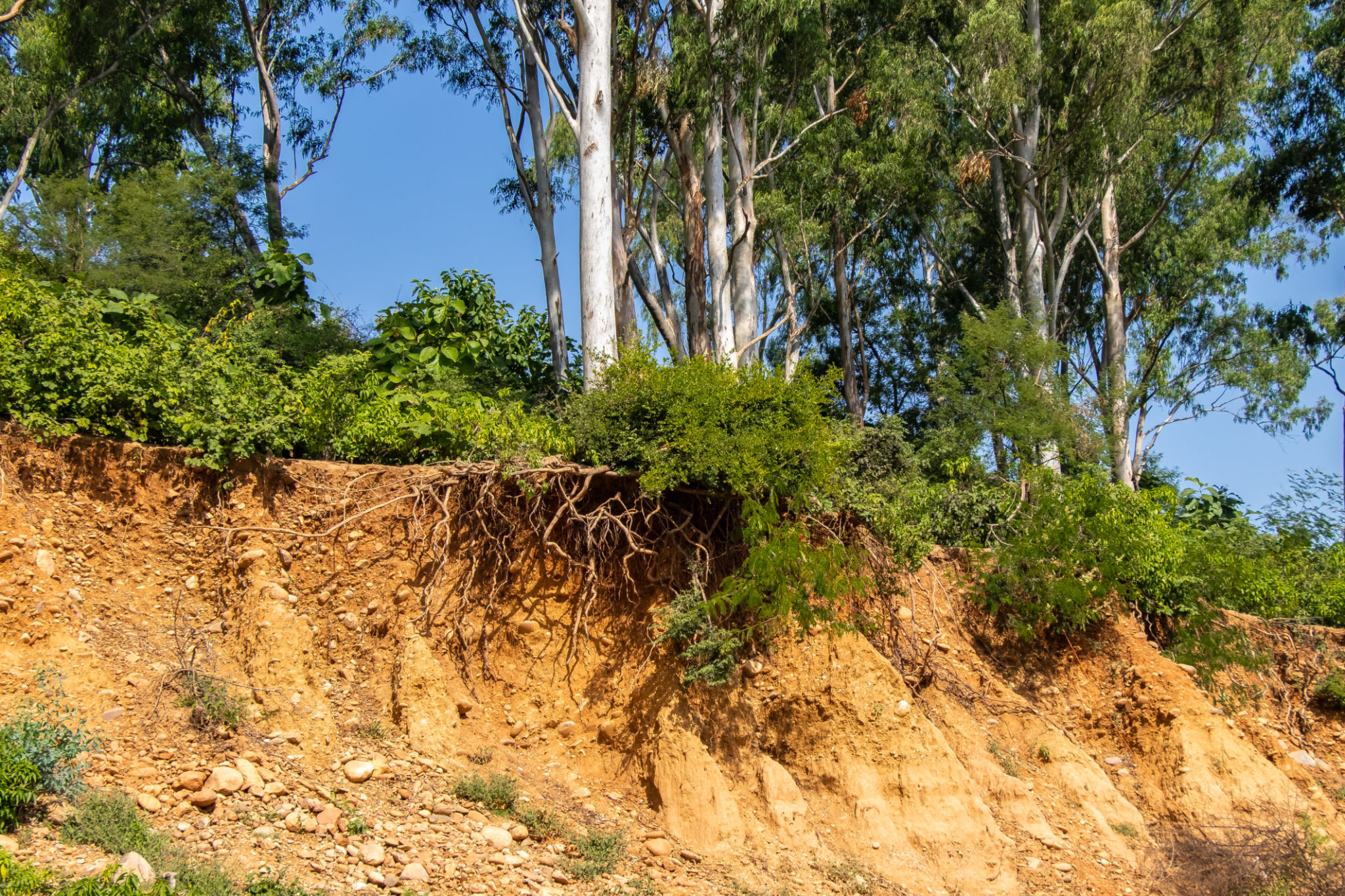The Ultimate Guide to Erosion Control Solutions for North Carolina
Understanding Erosion in North Carolina
North Carolina's diverse landscape, from the Appalachian Mountains to its coastal plains, presents unique challenges when it comes to erosion control. The state experiences varying weather patterns, including heavy rainfall and hurricanes, which can exacerbate soil erosion. Understanding the specific conditions and causes of erosion in this region is crucial for implementing effective solutions.

Common Causes of Erosion
Erosion in North Carolina is often caused by natural factors such as water runoff, wind, and human activities like construction and agriculture. Heavy rainfalls can lead to severe soil displacement, especially in areas with steep slopes or loose soil. Additionally, coastal erosion is a significant concern due to rising sea levels and storm surges.
Impact of Erosion
Erosion can have devastating effects on the environment and infrastructure. It leads to the loss of fertile topsoil, reduces agricultural productivity, and can damage roads and buildings. For homeowners, erosion can pose threats to property stability and aesthetics. Addressing these impacts is essential for sustainable land management.

Erosion Control Solutions
There are several strategies available for controlling erosion in North Carolina. These methods can be tailored to the specific needs of different areas and include both traditional and innovative approaches. Choosing the right solution requires understanding the local landscape and environmental conditions.
Vegetative Solutions
Planting vegetation is one of the most effective ways to prevent erosion. Plants help stabilize soil with their root systems, reduce runoff by absorbing water, and protect the soil surface from wind and rain. Native plants are often the best choice as they are well-suited to local conditions and require less maintenance.

Structural Solutions
In areas where vegetative solutions are not sufficient, structural measures may be necessary. Options include retaining walls, terraces, and riprap. These structures help manage water flow and stabilize slopes. Proper design and installation are critical to ensure their effectiveness and longevity.
Innovative Techniques
New technologies and materials are continually being developed to improve erosion control. Geotextiles, for example, are permeable fabrics used to reinforce soil and prevent erosion. Bioengineering solutions, which combine natural and structural methods, are also gaining popularity for their effectiveness and environmental benefits.

Implementing Erosion Control Measures
Successful erosion control requires careful planning and implementation. It is important to assess the specific needs of your property or project site. Consulting with experts or local authorities can provide valuable insights and ensure that you choose the most appropriate solutions.
Maintenance and Monitoring
Once erosion control measures are in place, regular maintenance is essential to ensure their continued effectiveness. This may include inspecting structures for damage, replacing vegetation as needed, and monitoring changes in soil conditions. Staying proactive can prevent minor issues from becoming major problems.
By understanding the challenges of erosion in North Carolina and implementing the right solutions, you can protect your property, preserve natural resources, and contribute to a more sustainable environment.
